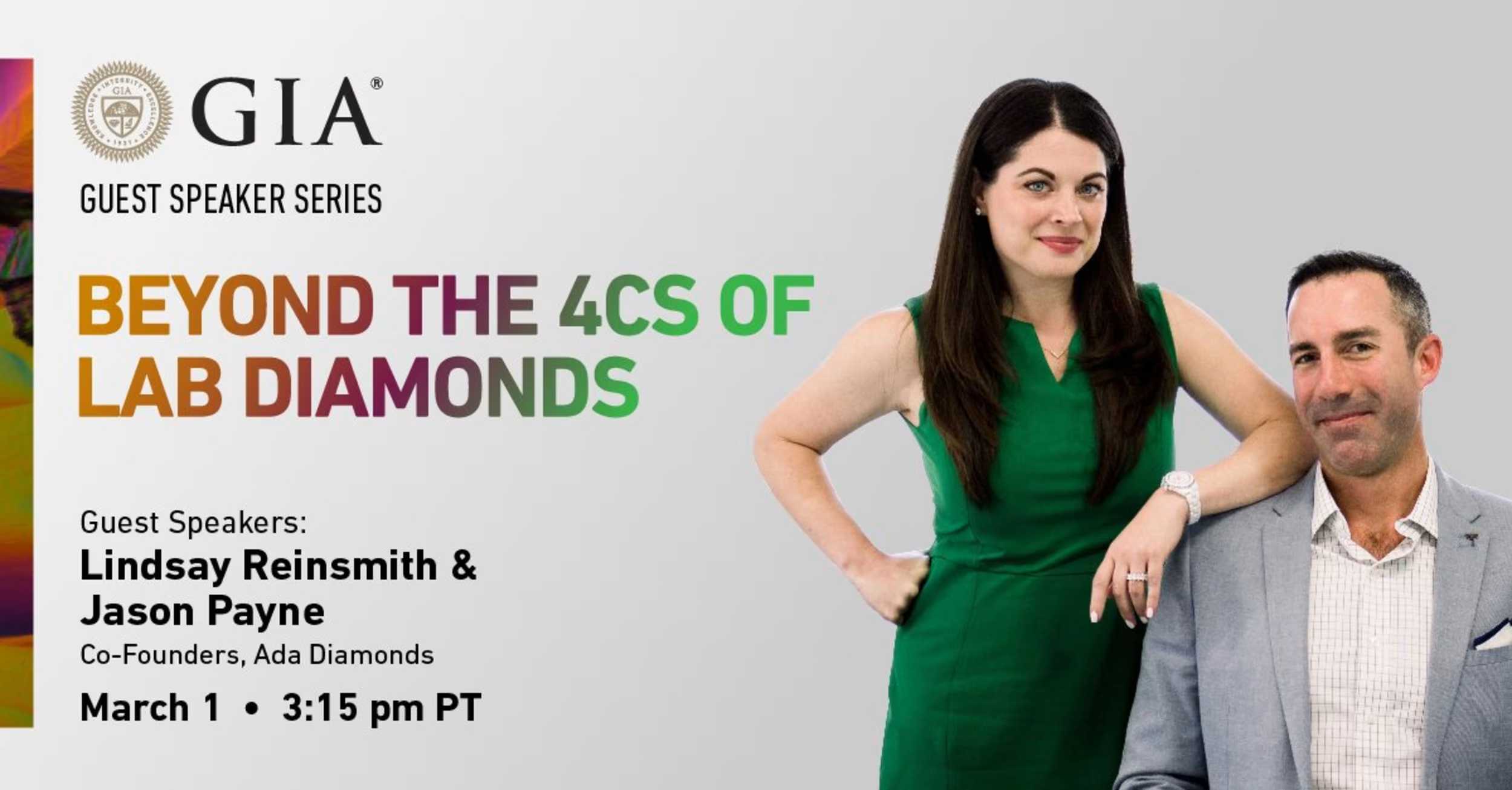Production and shipping resume Jan 5th. Limited concierge support is available. Happy Holidays!
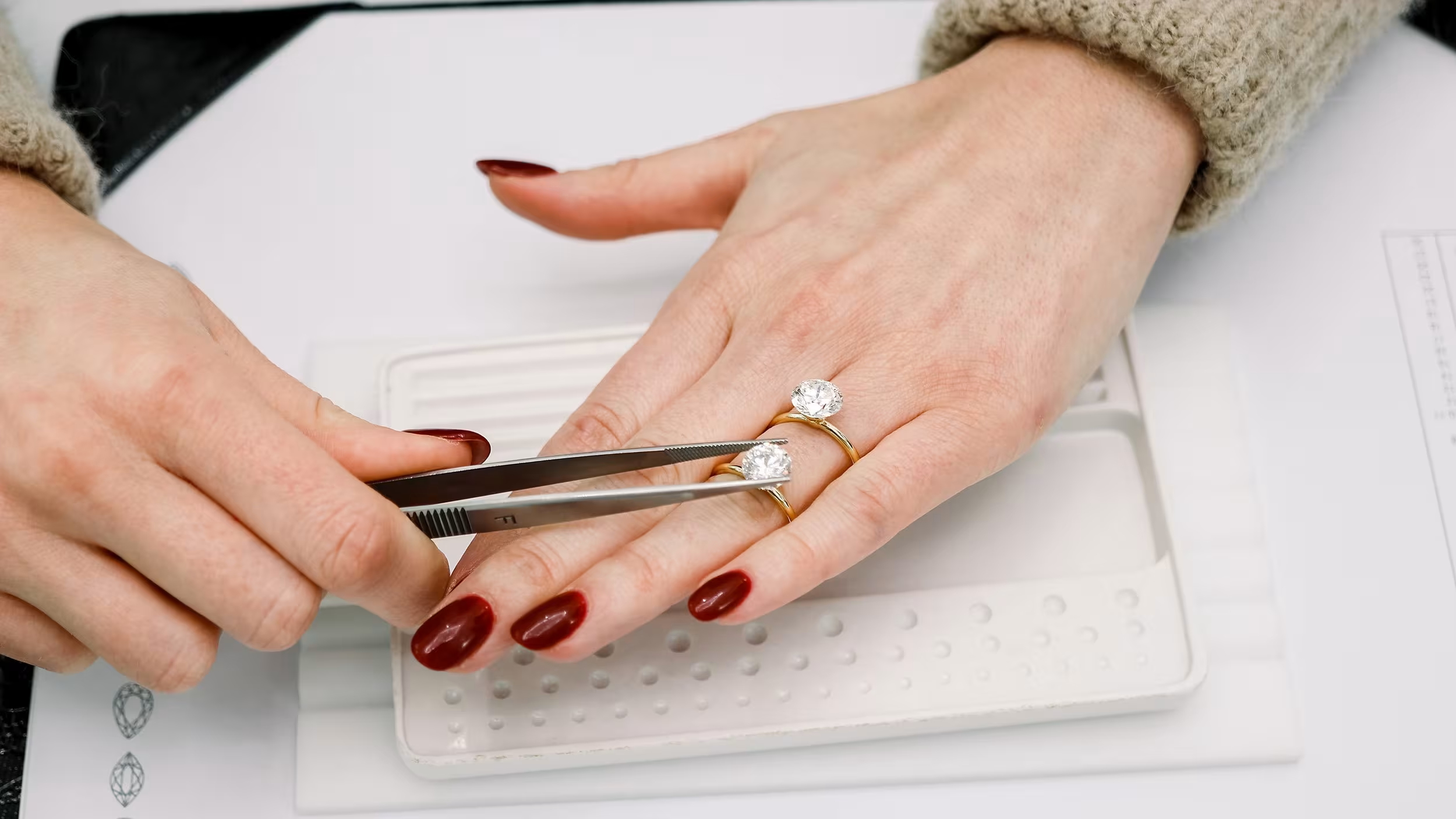
Good vs Bad Lab Diamonds
Why Curation Matters
Much like mined diamonds, lab diamonds can vary in their quality and value. High quality lab diamonds are much more expensive to produce, trade at higher prices in the wholesale market, and rival some of the highest quality natural diamonds in the world. Low quality lab diamonds, can have obvious crystal defects, are cheaper to produce, and sell primarily sight unseen via e-commerce.
Here at Ada Diamonds, we inspect every diamond we sell and refuse to offer ugly diamonds. We are so confident in our hands-on curation that we guarantee trade-in benefits no other major retailer in the lab diamond industry offers.
Here are 6 facts about lab diamond quality that you should know before you buy.
Fact #1: There Are Gorgeous Lab Diamonds Available
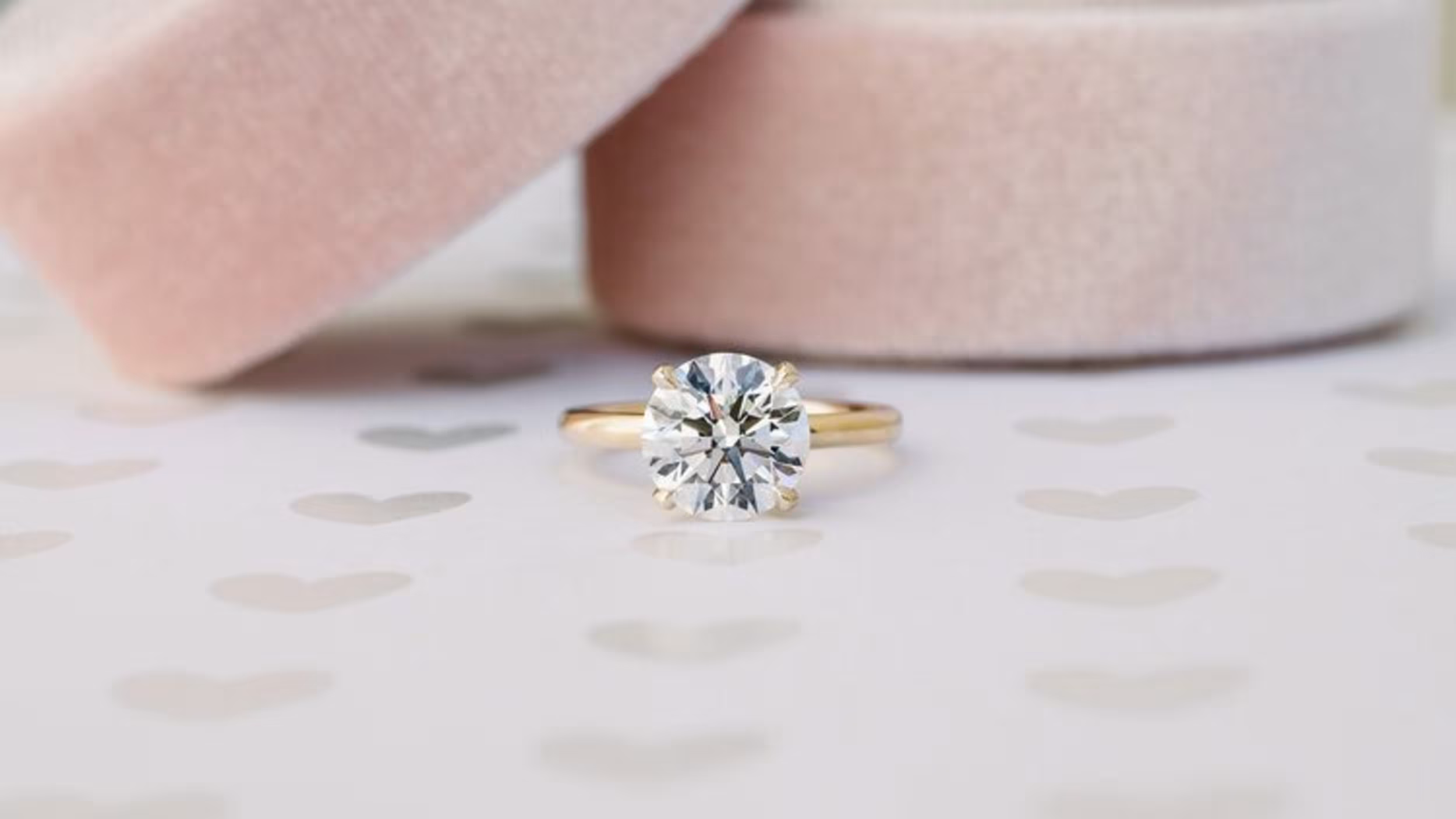
Ada Diamonds only sells diamonds of Type IIa purity, the rarest diamond type with a perfect carbon structure.
Type IIa diamonds are whiter and sparkle better than 99% of earth-extracted diamonds. These beautiful lab diamonds are icey white, have no fluorescence, no milkiness, a super clean crystal material, and a noticeably brighter appearance, even to the naked eye.
Advancements in diamond scanning and laser cutting have also resulted in lab diamonds with perfect ideal cuts, minimal bow ties, little paneling, all at prices of ~80% off of equivalent quality mined diamonds.
Fact #2: Not All Lab Diamonds Are the Same
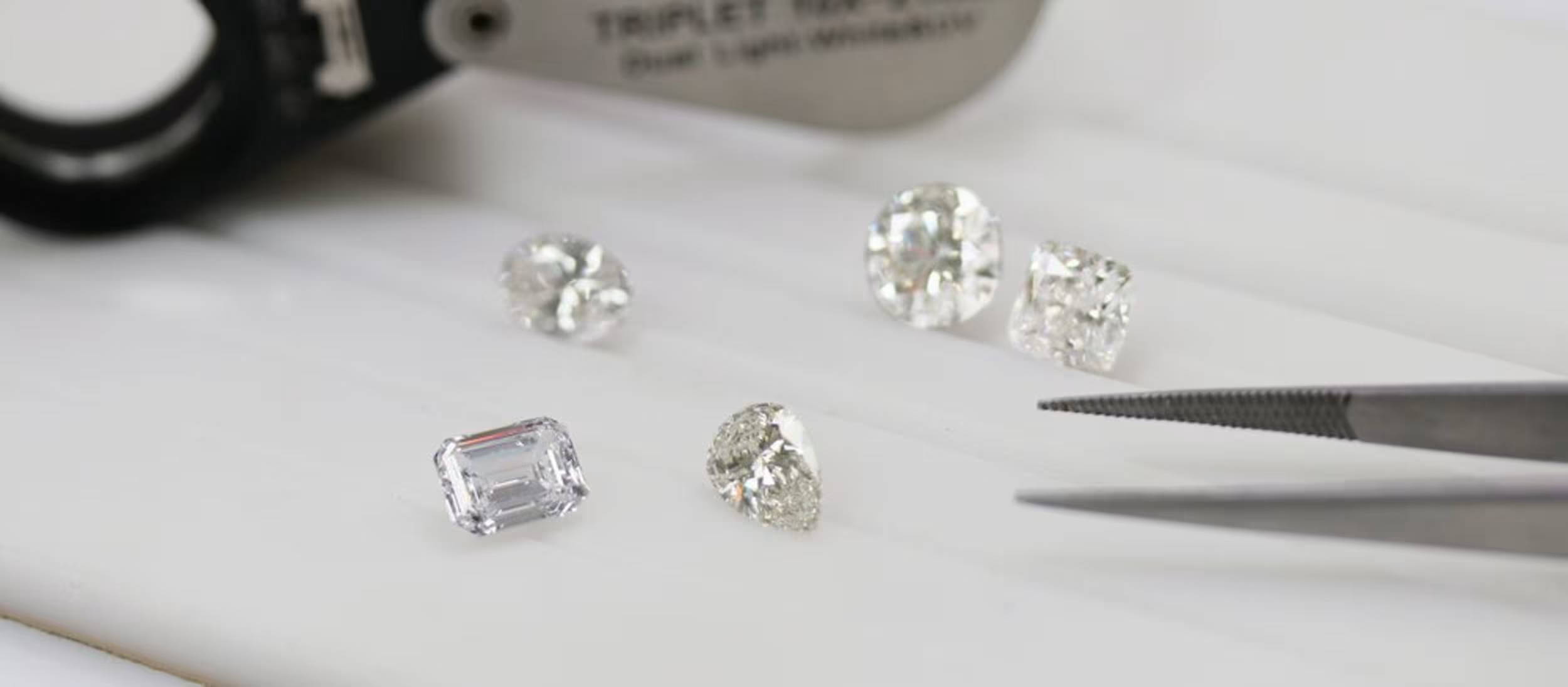
Just because two lab diamonds received the same 4Cs grading does not mean they will look the same.
High Pressure High Temperature (HPHT) diamonds with excess boron can have a blue tinge and phosphorescence. Irradiated HPHT diamonds with excess titanium and aluminum can look gray. Chemical Vapor Deposition (CVD) diamonds that were grown too quickly can look brown.
CVD diamonds with iterative growth patterns can appear lifeless and cloudy. CVD diamonds can also have black surface inclusions from excess polycrystalline. CVD diamonds grown on cheap seeds can have blurriness from crystal strain and graining.
These elements are not obvious at first glance to a non lab diamond expert.
Fact #3: It’s Easier (and Cheaper) to Grow Bad Diamonds
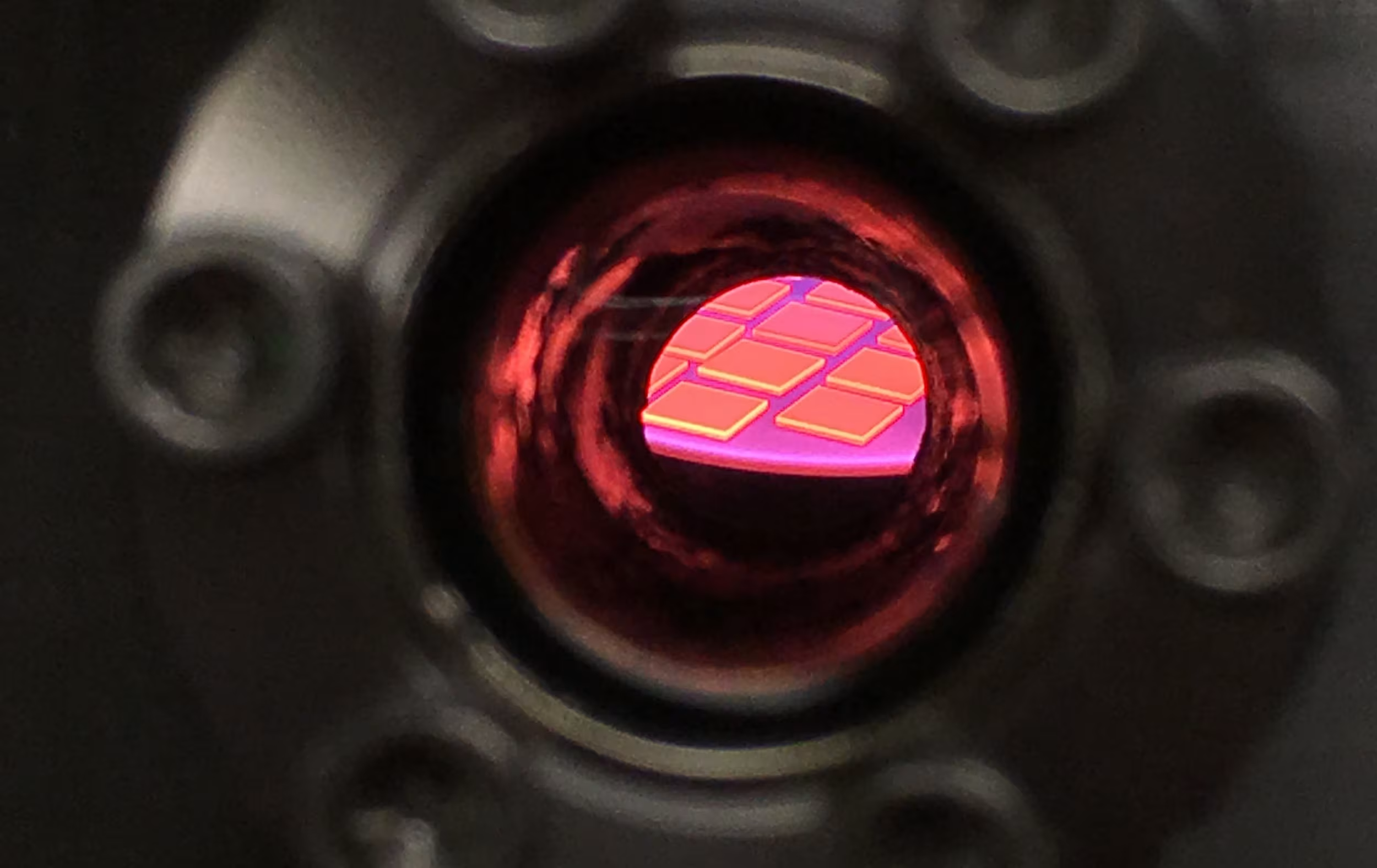
Beautiful lab diamonds take patience. The faster you grow a diamond, regardless of method, the worse the quality. Growing colorless, high clarity diamonds is much more time consuming and expensive than growing dark, heavily included diamonds.
While diamond growth technology has improved, many growers who are capable of producing nice diamonds actively choose to grow ugly ones because it is so much cheaper to do so.
Some growers take short-cuts like excessive HPHT treatment, irradiation, and bad cutting methods to produce as many lab diamonds as possible. But those ugly diamonds are not worthy of an Ada Diamonds client.
Fact #4: Bad Lab Diamonds Sell on Budget E-Commerce

There are a number of nascent diamond growers around the globe contributing to an abundant supply of bad lab diamonds. These diamonds are grown quickly and cheaply and then sold on budget ecommerce sites to unsuspecting members of the public.
High quality CVD goods can cost the manufacturer 3-5X more than low quality CVD. These goods trade at different wholesale pricing, and hence, are offered to the public at different prices. A 2 carat F VS1 round may be 2-3x more expensive than another on the market, and the reason often lies beyond the cert.
Ugly lab diamonds cannot sell through discerning, luxury retailers like us. Here at Ada Diamonds, we have relationships with the best growing facilities in the world and do not buy from low quality producers.
Fact #5: An Expert Should Look at Your Diamond
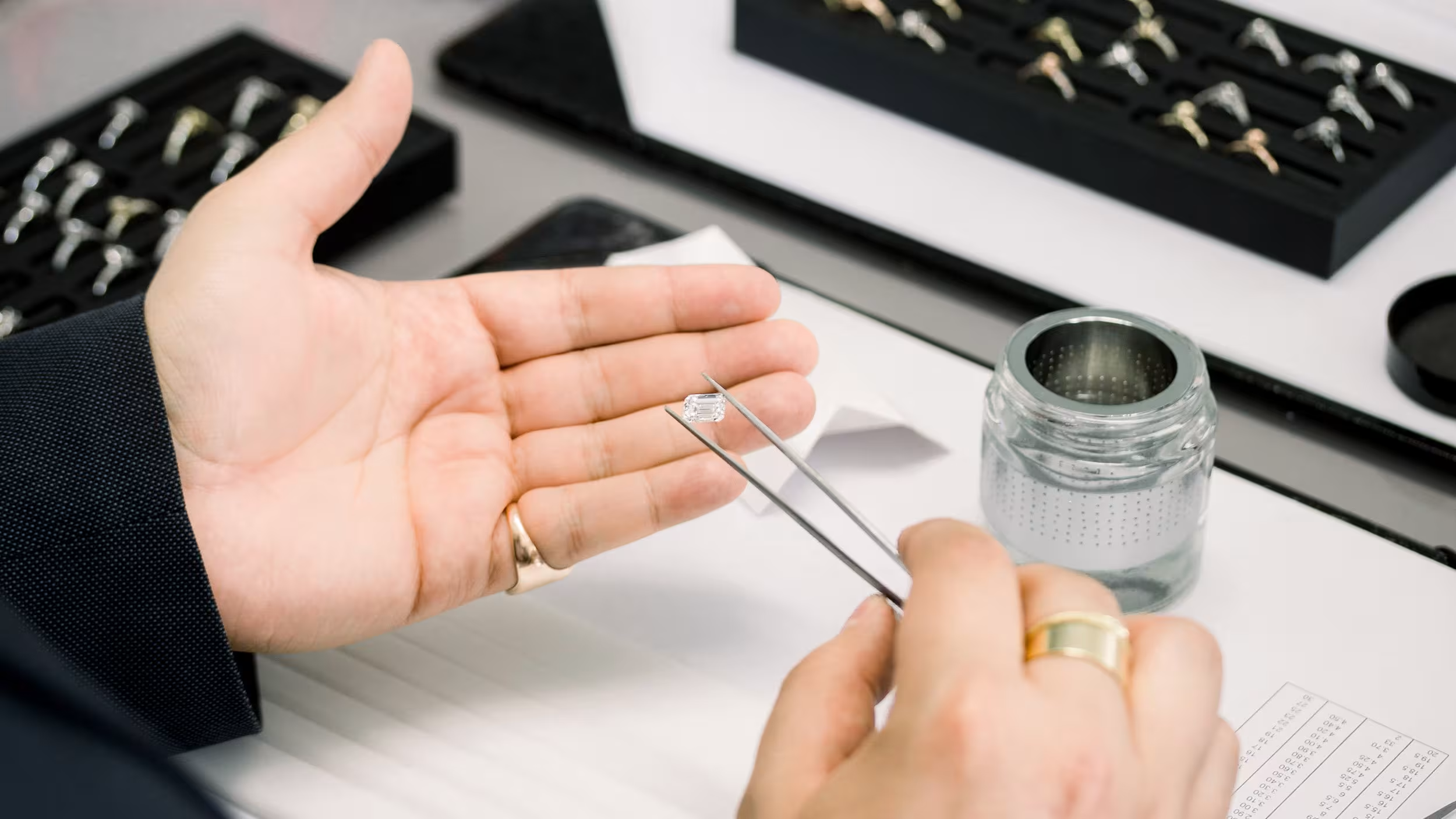
It’s not enough to have access to a return policy. A lab diamond expert should inspect your diamond before you buy, no matter what.
Our Diamond Concierge team are among the most knowledgeable people in the entire lab diamond industry. Each member of our team has hundreds, if not thousands, of hours of inspection time with lab diamonds of varying quality, and we know what we’re looking for.
We can confidently identify unnatural color defects, crystal material, undesirable inclusion types, poor make, and other characteristics that deem a lab diamond unworthy of our clients and our buy-back program.
Fact #6: The Lower the Price, the Higher the Risk
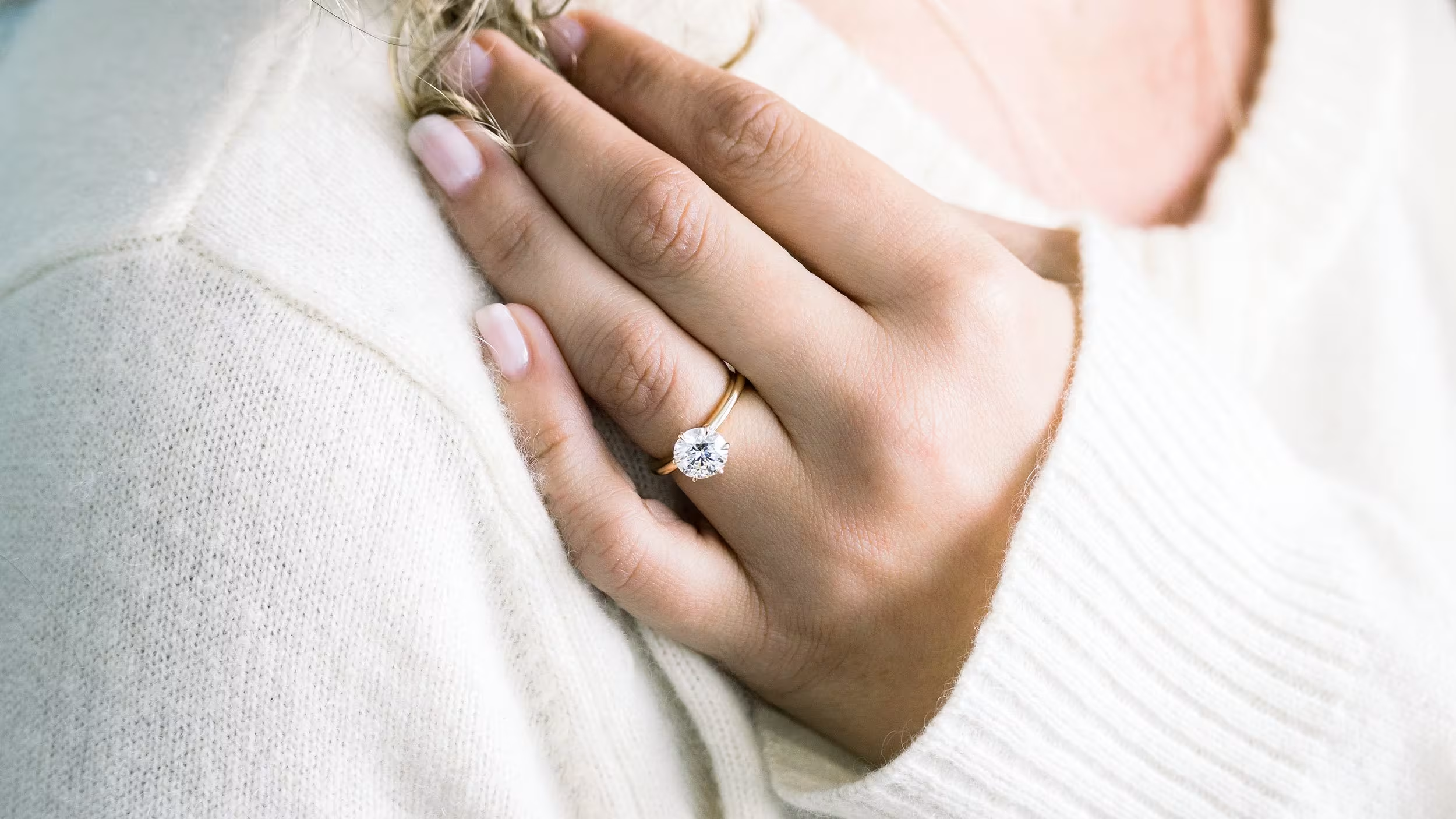
If you buy a lab diamond from an online wholesaler or budget e-commerce site, you are often required to pay for the diamond up front, completely sight unseen. Most lab diamonds sold online are not inspected prior to shipment. You may get a great price, but you are taking a risk that the diamond you are buying is undesirable.
At Ada Diamonds, your five-star experience is low risk. Without any financial obligation, we will curate, inspect, and obtain media of some of the best diamonds on earth.
Once you’ve chosen a lab diamond with us, we only require a 20% deposit to reserve the diamond and design your ring. We’re so confident in our quality that we offer a 30-day return policy and lifetime trade-in.
